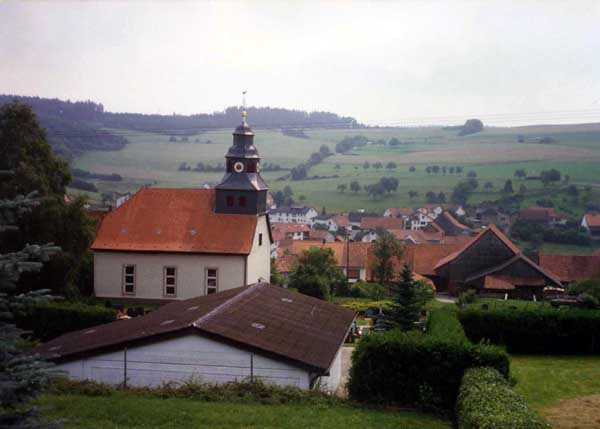|
|
|
|
Schwäbischer Türkei (Ger.) / Sváb Törökország (Hun.) |
|
About Swabian Turkey
|
||||
|
The local population had been decimated during the 150 year Turkish occupation and this virtually uninhabited territory received the first of the German-speaking settlers responding to the invitation of Emperor Charles VI to settle in Hungary. They were the vanguard of the future Danube Swabians. They came from various principalities in southwest Germany that were part of the Holy Roman Empire. The first of the settlers in this area were Swabians and arrived as early as 1688, forerunners of the streams of settlers that headed down the Danube throughout the 18th century that history would remember as the Great Swabian Migration. Despite the aftermath of the mass expulsions of the Danube Swabians of Hungary between 1946-1948 their descendants still living there have now marked over three hundred years of their sojourn in the Heimat they brought to birth in a wilderness and called it their home.
Unlike the
settlements in
the Banat and
Batschka that
were primarily
established on
Crown Lands and
subsidized by
the ruler, in
Swabian Turkey
they were
located on the
estates of
private
landlords:
nobles,
churchmen and
military
officers who
enticed them to
leave the
Imperial
transports
heading to the
Banat to settle
on their
domains.
This would lead
to a totally
different
experience on
their part that
would shape and
form their
communities.
Large numbers of
the settlers who
followed the
Swabians came
from the
Bishopric of
Fulda,
Württemberg, the
Pfalz
(Rhine/Palatinate)
and Hesse.
The Hessians who
settled in Tolna
County on the
estates of Count
von Mercy were
Lutherans and
Reformed and
were among the
earliest
settlers to
arrive along
with a Patent
from the Emperor
that promised
them the freedom
to practice
their religion. ~Henry Fischer
Neuengronau, in the land of Hesse
|




